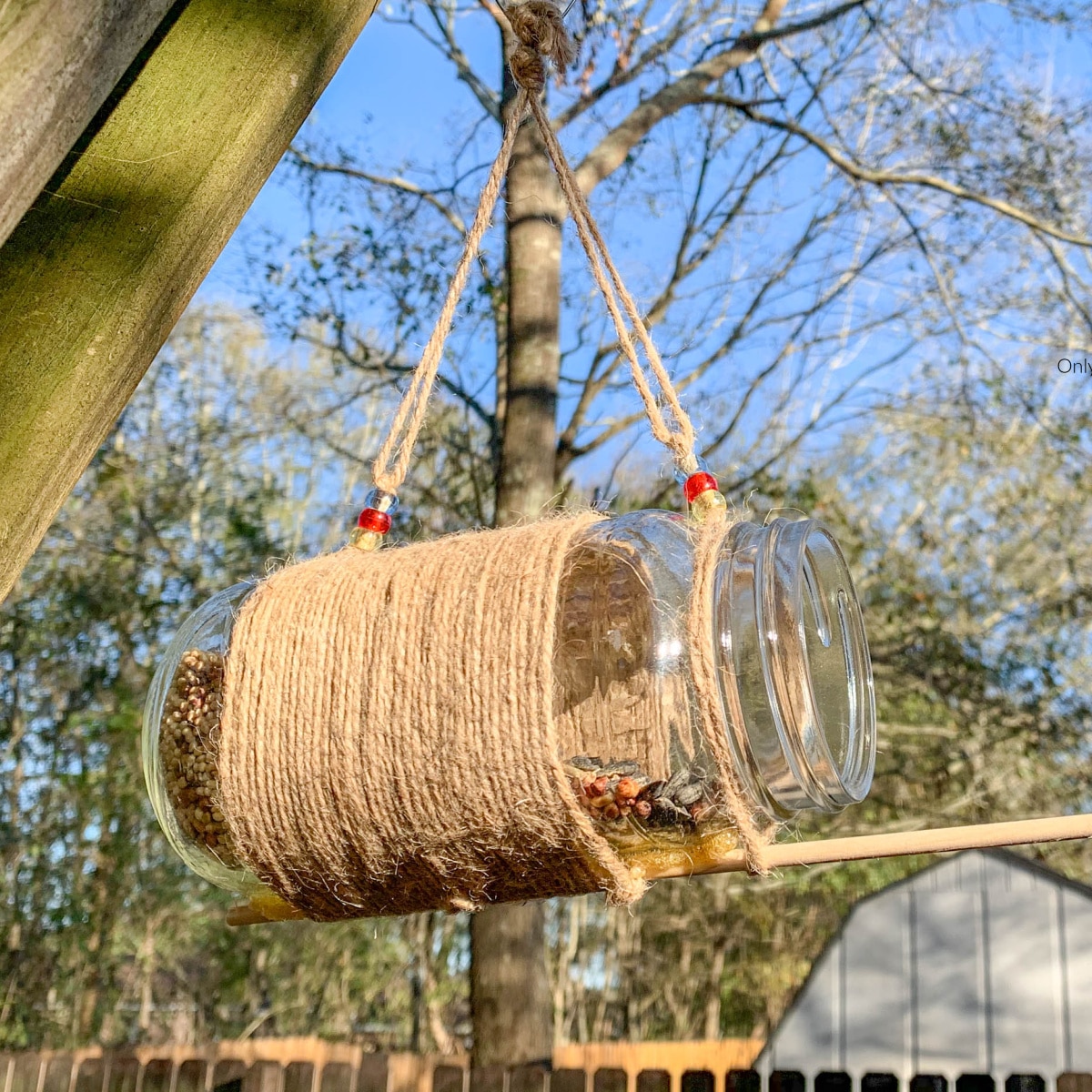If You Give a Mouse a Cookie Unit Study Activities and Ideas
If You Give a Mouse a Cookie Unit Study Activities
When my kids were all little, they used to love the book If You Give a Mouse a Cookie. I read it to them over and over and over. When they got old enough, they read it to me or to themselves. It was definitely a favorite.
I recently shared a book list on Weird, Unsocialized Homeschoolers that includes this book. If you’re interested in seeing the article, it’s entitled 15+ Picture Books I’m Saving for the Grandkids. If you still have your own young children, though, it’s perfect for you too!
Today I’m sharing some If You Give a Mouse a Cookie activities and ideas. Why? Because many kids love books and activities that go along with them. If your kids have a favorite book, take advantage of that by doing some fun (and secretly educational) activities that are related to the book. As part of this unit study, I created a matching/counting game that goes along with the book. CLICK HERE to get yours!
It’s a wonderful way to help your kids understand that learning is fun! Learning doesn’t have to mean sitting at a desk, being quiet, and having zero enjoyment. Learning can mean reading, doing things, experiencing things, and having a great time!
Incorporate Math, Following Instructions, and Learning to Bake
Most parents spend a lot of time in the kitchen! Yes, we may eat out occasionally, but (especially for those who have large families) it can be expensive to eat out often. For that reason (among others), we need to know how to cook and bake.
Cooking and baking are valuable skills for our children to learn too. In fact, a day spent learning to cook/bake can count as a school day for those who live in a state that requires you to track the number of days you spend doing school.
Cooking and baking require skills such as math, fractions, following instructions, problem-solving, grocery shopping, dealing with money, balancing time, and more!
Why not spend that time (and learn those lessons) while baking some delicious cookies?!
On Love These Recipes, you’ll find a recipe for making Triple Chocolate Chunk Honey Pecan Cookies. It’s a cookie recipe created to go along with If You Give a Mouse a Cookie, and the cookies are so delicious!
If you’re not sure exactly how to make this activity (even more) educational, try these suggestions.
- Have your children help you go through your pantry to see which ingredients you already have and make a list of what you need to buy.
- Then order (or go to the store and buy) what you still need. Talk about how much money you have to spend, how to pay for your ingredients with cash or a debit card, how to make sure you got the correct amount of change, etc.
- Once you have everything you need, make the recipe together.
- To add more math to your activity, double the recipe. Talk about fractions and how to double the recipe while you work together. Discuss the fact that the recipe makes 24 cookies and, depending on the number of people you have to feed, you may need to double or triple the recipe. Once you have the dough made up, how do you make sure you end up with the right number of cookies? How many cookies does each person get?
- If you have older children, you could even calculate the cost per cookie (or per dozen cookies, etc.) by calculating the cost of the ingredients and figuring the amount it cost you to make a dozen cookies.
- What if you wanted to sell the cookies? How much would you need to make per dozen to cover the cost of ingredients and pay you for your time?
If you have young children, try this fun printable worksheet set!
This printable worksheet set allows your children to practice:
- counting the number of chocolate chips on each cookie
- one-to-one ratio
- number recognition
- matching the number of chocolate chips to the correct numeral
Just download the worksheets, laminate them (if you want to reuse them or if you want them to last longer), and use them as a fun way to learn and practice math skills! (NOTE: To get your If You Give a Mouse a Cookie Matching/Counting Game for free, put in 0.00 when you see the pay-what-you-can option.)
CLICK HERE TO GET YOUR If You Give a Mouse a Cookie Matching/Counting Game!
Incorporate All Kinds of Reading Skills
Of course, it’s easy to see how reading with your children incorporates reading skills! There are quite a few ways to use this book (or any other book) to help your children improve and expand their reading skills and help them develop better reading comprehension skills too. Here are a few simple suggestions:
- Read the book aloud to your children. As you read with inflection and enthusiasm, your children will hear an example of good reading and will learn to read with inflection too. After all, it’s much more fun to listen to a book that’s read with enthusiasm and inflection than to listen to a book that’s read in a monotone voice. Simply hearing an example of good reading will help your children learn to read well.
- If your children are old enough, take turns reading pages with them. This allows children to mimic your reading but keeps them from feeling the burden of reading the entire book alone. Taking turns reading can help give kids confidence in their reading because it shows them that you enjoy hearing them read just as much as they enjoy hearing you read. And if you have a child who doesn’t love reading, taking turns can help that child practice reading while knowing he or she isn’t responsible for reading the entire book alone.
- Talk about the book as you read or after you read. It’s fun (and sometimes enlightening!) to discuss books with our children. You never know what your children might be thinking until you get into a discussion with them! Talk about the reasons why the characters in the book say or do the things they do. Talk about the sequence of events and why they think things happened in a certain order or in a certain way. Ask them about the characters’ motivation for doing what they do and saying what they say. Through your discussion, clear up any misunderstandings and answer any questions they have. You and your children can learn quite a bit about each other through discussing what you read!
- Practice retelling the book after you’ve finished reading it together. This is a great time to help your children practice recalling events from the story and retelling the story in their own words. Why is this important? Because it will help them develop skills they’ll need to become good writers in the future.
- Learn about sequencing and cause & effect. Talk about the order of events from the book. How did one event lead to another? In what order did the events in the story occur? It’s important for children to understand how one event leads to another and to learn about cause & effect. After all, everyone (from small babies to adults) deals with cause & effect every single day whether we stop to think about it or not.
Do Some Writing in Response to Your Reading
Rewrite the Story
When I was a school teacher, one of the things I had my middle schoolers do (that they absolutely loved!) was rewrite a story with completely new characters. In other words, they took the basic story and rewrote it, but instead of keeping the characters from the book, they made up their own characters. In this story, for example, they might have changed the mouse to a dog or changed the boy to an alien.
This may seem like a simple activity, but it really allowed my students to get creative!
Nowadays, our children aren’t often encouraged to think outside of the box. They aren’t often given the chance to be creative. They are often taught to come up with the right answer (and that is a valuable skill), but they also need to know how to use their imaginations and come up with their own brand new ideas. An activity as simple as rewriting a story in a brand new setting and with brand new characters is a fun but non-threatening way to help our kids learn to do this!
Try Poetry
If you’ve never done poetry with your children, you should give it a try! There are all kinds of ways to incorporate poetry into your homeschool, and it can be so much fun! Consider some of these ideas:
- Write a haiku about the story you just read together.
- Rewrite the story using alliteration (repeating a letter or sound at the beginning of each word).
- Rewrite the story using rhyming words.
- Talk about how you could add onomatopoeia to the story. (Onomatopoeia is the use of words that stand for sounds. For example, “bang” for a car backfiring or “glug” for water going down the drain.)
- Write an acrostic about the story.
- Choose any other kind of poetry, learn more about it, and write a poem of that kind to go along with the book.
Write a Report
If you have very young children, you’ll need to help them as you introduce the idea of writing a report about a topic. If your children are older elementary ages or high school ages, they can probably do this on their own with a little direction.
Have your children choose a topic related to the book and write a short paper or essay about it. Some possible topics are:
- In what areas do mice live?
- What do mice eat?
- How have cookie recipes changed over the years?
- What is the most popular kind of cookie? (You could even do a fun research project on this by polling your Facebook friends and creating a graph to show responses.)
- Are people really afraid of mice? If so, why? (Are they dangerous? Do they really spread diseases? Etc.)
- Research information about the kinds of mice people keep as pets. Are there certain kinds of mice that make good pets? Are there other kinds that aren’t such good pets? Explain.
Come up with topics related to mice, cookies, or anything else you came across in the story! Show your child how to research, write an outline, and write a short research paper or essay on the topic.
Add Some Science
What better way to add science to your reading of If You Give a Mouse a Cookie than to learn the science behind baking cookies?!
This article by King Arthur Baking is all about cookie science! It explains such things as:
- How does extra sugar change a cookie recipe?
- How does granulated sugar act differently than brown sugar in a cookie recipe?
- What difference does baking time make?
- Can you bake a cookie longer to make a soft cookie crunchy? Or is it necessary to change the ingredients?
- What should you do if you want chewy (versus crunchy) cookies?
- How does extra milk change cookies?
- Why add milk to cookies rather than water?
You May Also Like
15+ Picture Books I’m Saving for the Grandkids
Triple Chocolate Chunk Honey Pecan Cookies
10 Reasons to Try Family Reading
The Crocodile by Lewis Carroll















My kids love this book! They will have so much fun with this! Thanks for sharing!